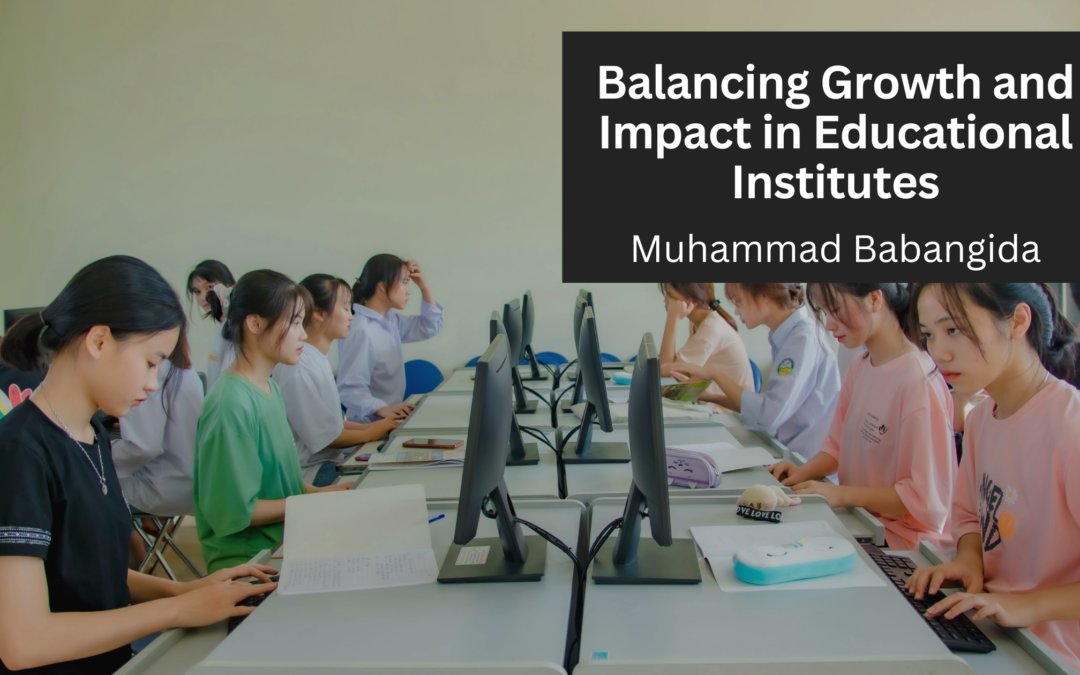Educational institutions play a crucial role in shaping future generations, but striking the right balance between growth and impact can be challenging. While expansion brings financial stability and broader reach, true success lies in maintaining educational quality and student outcomes. Here’s how institutions can achieve sustainable growth while maximizing their impact.
1. Defining a Clear Vision and Mission
A strong educational institute must have a clear vision and mission that prioritizes both growth and impact. Growth should not be pursued for its own sake but rather as a means to expand opportunities for students, enhance learning experiences, and contribute to society. Leaders must align institutional expansion with core educational values.
2. Maintaining Quality While Scaling
As institutions grow, maintaining high academic standards becomes a challenge. Ensuring quality requires investing in faculty training, adopting innovative teaching methods, and continuously updating curricula. Institutions should focus on student-centered learning models that prioritize engagement, critical thinking, and skill development rather than merely increasing enrollment numbers.
3. Investing in Infrastructure and Technology
Modern educational institutions must leverage technology to enhance both growth and impact. Digital learning platforms, smart classrooms, and online education can enable expansion while maintaining quality. Investing in infrastructure that supports innovative learning approaches ensures that growth does not compromise educational outcomes.
4. Strengthening Community Engagement
An institution’s impact is not limited to its students but extends to the broader community. Collaborating with local businesses, government agencies, and non-profit organizations can provide real-world learning opportunities and social contributions. Service-learning programs and community outreach efforts enhance an institution’s reputation while reinforcing its mission.
5. Ensuring Financial Sustainability Without Compromising Ethics
Financial growth is essential for an institution’s sustainability, but it should never come at the cost of accessibility and integrity. Balancing tuition fees, scholarships, and funding sources is crucial. Seeking partnerships, grants, and endowments can provide financial stability without burdening students or compromising the quality of education.
6. Measuring Impact Through Data and Feedback
To balance growth and impact effectively, institutions must track performance using data. Regular assessments, student feedback, and alumni success stories help institutions refine their strategies. Data-driven decision-making ensures that expansion efforts align with positive educational and social outcomes.
Conclusion
Sustainable growth in educational institutions requires a commitment to quality, innovation, and community engagement. By focusing on student success, leveraging technology, and maintaining ethical financial practices, institutions can expand their reach without sacrificing their impact. The ultimate goal should be to create a learning environment that benefits students, educators, and society as a whole.
